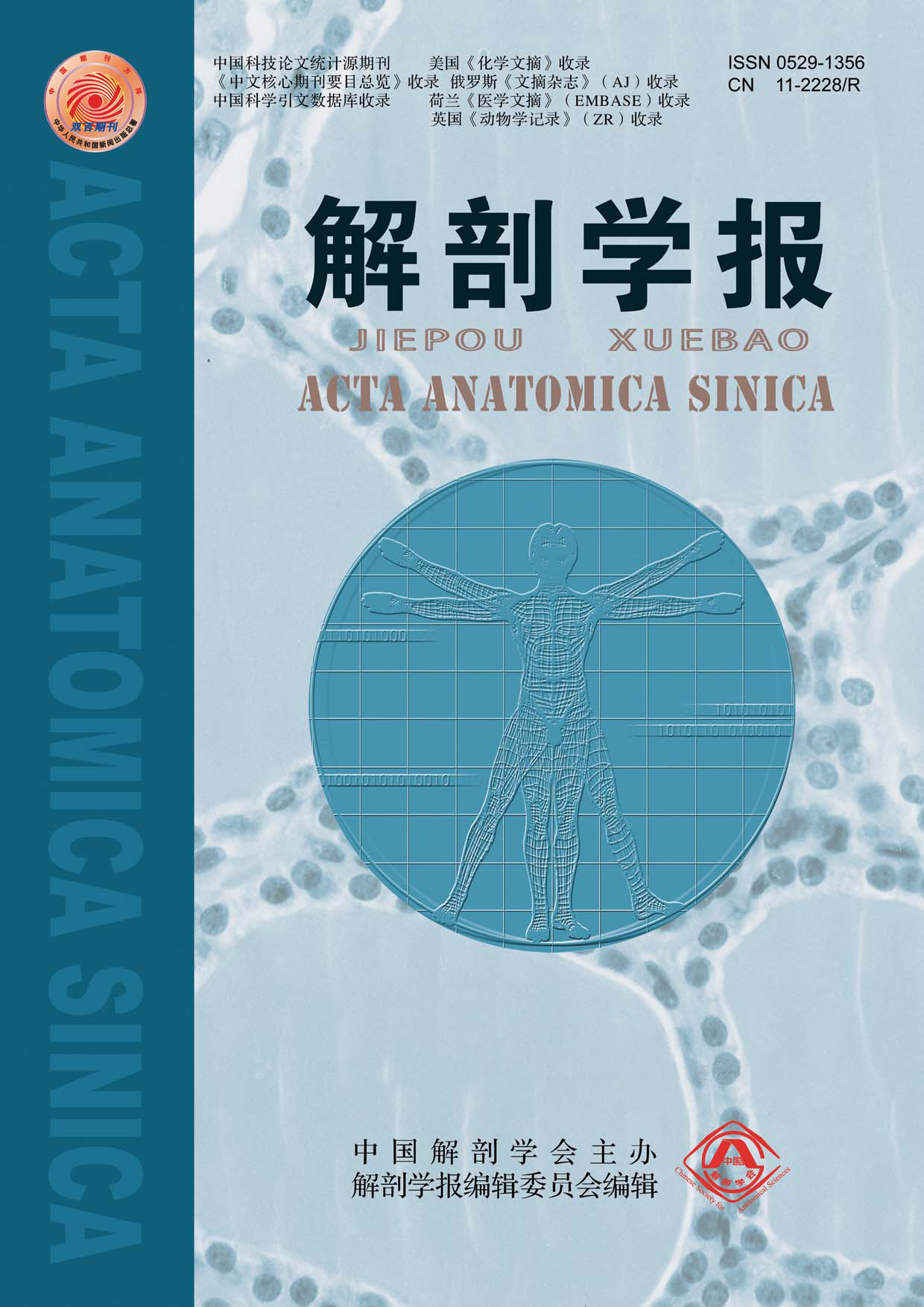Objective To investigate the development of the cervical cord in children by using diffusion tensor imaging.Methods Ninety healthy children were undergone with diffusion tensor imaging of the cervical cord by using single-shot spin-echo echo planar image sequence. The values of apparent diffusion coefficients (ADC), fractional anisotropy (FA), average length(Ltract) and volume of tracts(Vtract) were measured in the cervical regions. Results The measurements of each group were as follow: ADC value: 0.9747±0.2777,0.8493±0.2236,0.8210±0.1432,0.9198±0.1444,0.9048±0.1676;FA value:0.4117±0.0391,0.4712±0.0199,0.4944±0.0439,0.5608±0.0443,0.6169±0.0551; Ltract:25.61±8.63,24.66±7.14,27.03±7.23,34.93±10.99,37.63±10.22;Vtract:3.07±1.49,3.00±1.52,3.81±1.33,5.41±2.35,6.64±2.84. FA value, Ltract and Vtract showed significance in different age groups, while ADC value was found no difference (P<0.001). PostHoc test revealed that FA value was significantly different between age group I and Ⅱ. FA value, Ltractand Vtract presented significantly different between group Ⅲ and Ⅳ. FA value difference was also found between group Ⅳ and V. FA value, Ltract and Vtract were all positively corelative with age (F=1.758,P=0.145). Conclusion Development of the cervical cord shows periodicity with periodic features. Diffusion Tensor Imaging can be used as a tool to observe and evaluate development of the cervical cord in children.


